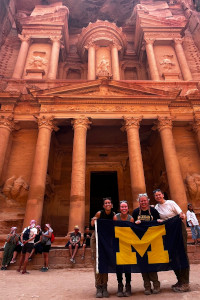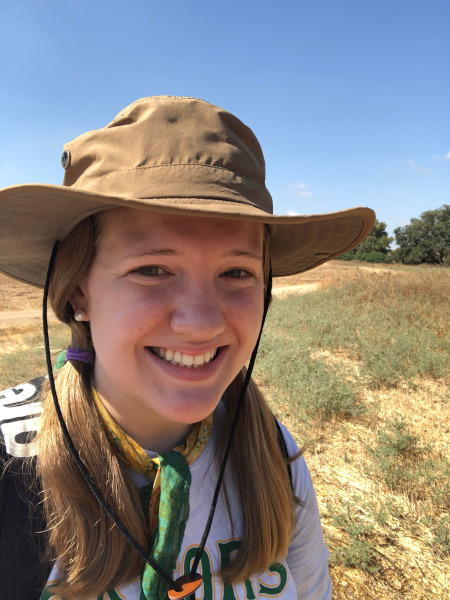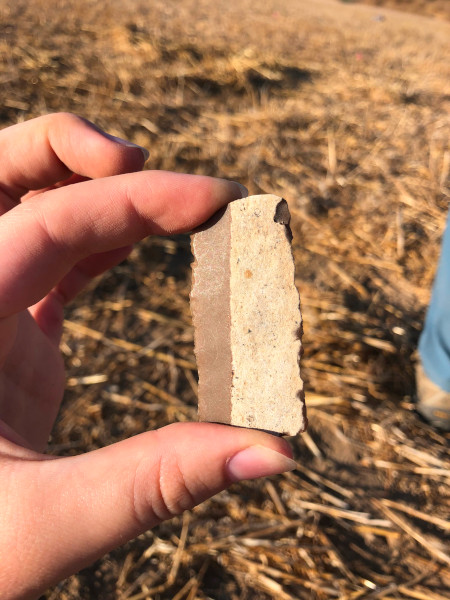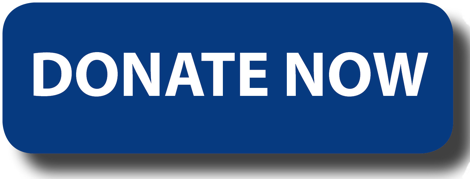
The Beginning of My Archaeology Journey
The weeks leading up to the project were some of the longest of my life. Ever since Kara Larson, a PhD student as well as my academic mentor at the University of Michigan, told me she needed undergraduates to come with her to Israel last fall, I could barely contain my excitement! This was finally my chance to go out and conduct archaeological research in the field, something I had desired for as long as I could remember. Naturally, then, it was difficult for me to wait for the trip. On the chalkboard in my bedroom, I counted down the days until my flight to Tel Aviv.
As excited as I was, however, I remember worrying about what it would be like. I had never been in the field before, let alone traveled internationally, so I had no idea what to expect. How was I going to feel if actually doing archaeology did not hold the same fascination as reading about it all of these years?
Working at Tell el-Hesi was hot, dirty, and absolutely exhausting. We faced scorpions, jackals, and distant rocketfire. I loved every second of the experience.
Our project, A Multi-Survey Exploration of Residences Near Tell el-Hesi, Israel, consisted of two studies. The primary objective of these surveys was to identify areas with high potential for occupation by Early Bronze Age (EBA) pastoralists. This is the focus of Kara’s PhD dissertation.
We began our fieldwork with a brief exploration of the region around the site. From a previous survey from several years ago, we started with a set of GPS points that had a high potential EBA yield. We spent the first few days of the trip driving to these points (sometimes on real roads, sometimes not) and conducting a basic cardinal survey at each one. Based on the quantity of EBA artifacts we found on the surface, such as characteristic potsherds and lithics, we will now be able to identify the most promising locations for potential EBA settlements. In total, we surveyed more than 30 individual sites using this method. This also served as a wonderful opportunity to see the Israeli countryside, which is absolutely beautiful.
The main pedestrian survey took place at the Tell itself. In the field at the base of the mound, we set up a grid of 86 squares, each 20 by 20 meters in size. These squares were then divided into 5 by 5 meter units. Kara would assign each of us undergraduates, myself and two others, a unit, and then set a timer for 5 minutes. In that time, we would carefully patrol our squares, collecting any artifacts we found on the surface. Over the course of the trip, we surveyed over 600 of these 5 by 5s, approximately 15,000 square meters!
By far, my favorite artifact was a fragment of a stone sickle that I found during our main survey. It is a rather intact piece, made from a light brown chert and most likely EBA in origin. The blade edge has a slight sheen to it, indicating that it was used to harvest grain or other crops. Its size (about 2 inches in length) and condition are just spectacular given its age. This is my go-to answer whenever someone asks me what kinds of things we found!
I am beyond grateful for the fieldwork I participated in this summer. Not only did I learn a lot about the process of archaeological research, but I also grew as a student and person, as cliché as that sounds. Because of the work our team accomplished, Kara will be able to excavate at Hesi next summer. I plan on being there as a junior staff member. I’m already looking forward to it! This was truly a life-changing experience, and I would like to extend my most sincere gratitude to Carolyn Midkiff-Strange, ASOR, the University of Michigan, and to Kara Larson. Without all of your support, I would not have had such an amazing and transformative experience.
Allison Densel was born and raised in Sudbury, Massachusetts. After enrolling at the University of Michigan, she began to get involved with archaeological research, working with Dr. Natalie Abell and Kara Larson. It is her dream to be able to pursue archaeology into her professional life, hopefully as faculty at an institution of higher education.
American Society of Overseas Research
The James F. Strange Center
209 Commerce Street
Alexandria, VA 22314
E-mail: info@asor.org
© 2023 ASOR
All rights reserved.
Images licensed under a Creative Commons Attribution-NonCommercial-ShareAlike 4.0 International License
COVID-19 Update: Please consider making payments or gifts on our secure Online Portal. Please e-mail info@asor.org if you have questions or need help.



